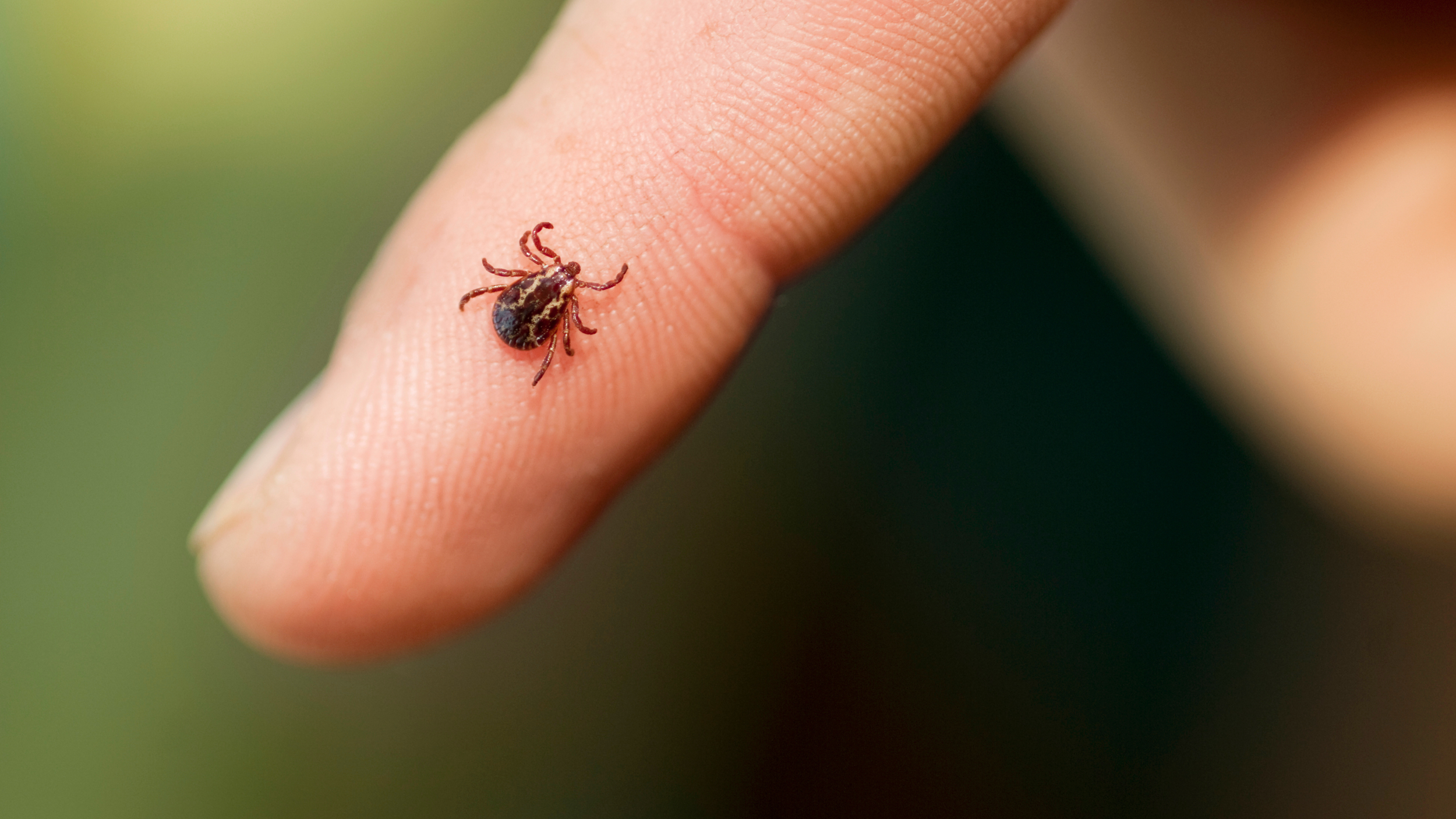How to Treat Tick Bites in Kids
The content on this site is for informational purposes only and should not replace professional medical advice. If you have a concern please consult with your doctor.
Summer and spring seasons bring more than just pleasant weather; they are also peak tick activity months, a fact that can cause concern among parents.
Children are more likely to encounter these pesky parasites as they play in grassy and wooded areas. While ticks can be harmless, some carry diseases like Lyme disease or Rocky Mountain spotted fever, which makes it important to handle tick bites carefully.
Here's your comprehensive guide on what to do if a tick decides your child is its next host.
Step 1: Stay Calm and Gather Your Supplies
When you notice a tick on your child, it's essential to stay calm. Your child will likely take cues from your reaction, so a composed demeanor will help keep them relaxed. For tick removal, you will need fine-tipped tweezers, which are more effective than broader household tweezers because they can grasp the tick more securely without squeezing its body.
Step 2: Safe Removal of the Tick
Use the Tweezers: Grasp the tick as close to your child’s skin surface as possible.
Pull Upwards Steadily: With steady pressure, pull the tick straight out. Avoid twisting or jerking the tick as this can cause the mouth-parts to break off and remain in the skin.
Do Not Squeeze the Tick: Squeezing the tick can force harmful bacteria to leave the tick and enter your child's bloodstream.
If Mouth Parts Remain: Sometimes, parts of the tick remain embedded. If you cannot easily remove them with tweezers, leave them alone. The skin will eventually expel them.
Step 3: Aftercare
Once the tick is removed:
Clean the Bite Area: Use soap and warm water to thoroughly clean the bite area. Alternatively, an antiseptic can be used.
Disinfect the Tweezers: Clean your tweezers with alcohol.
Save the Tick: Place the tick in a sealed bag or container. You can freeze it, which will preserve it for testing, should it become necessary.
Step 4: Monitor the Bite Site and Your Child’s Health
After removing the tick, monitor the bite site for several weeks for any changes. Key symptoms to watch for include:
Rash: Especially a bullseye-shaped rash that grows in size, which can be a sign of Lyme disease.
Fever: Any high or persistent fever following a tick bite should be considered significant.
Aches and Fatigue: Unusual fatigue, headaches, or muscle aches can also signal tick-borne illnesses.
Flu-like Symptoms: Symptoms like nausea, vomiting, or general malaise are also potential signs.
Record any symptoms, as they can be crucial for diagnosis if your child becomes ill. Note the date of the bite and how your child feels in the days and weeks afterward.
Step 5: Prevent Future Bites
Prevention is always better than cure. Here are some effective strategies to prevent tick bites:
Use Repellents: Products containing DEET, picaridin, or IR3535 can be effective against ticks. Always follow the instructions on the label, especially when using on children.
Dress Appropriately: When venturing into wooded areas or tall grass, ensure that your child wears long pants and long-sleeved shirts. Tucking pants into socks can provide an additional barrier against ticks.
Perform Regular Checks: After outdoor activities, check your child thoroughly for ticks. Be sure to look under the arms, in and around ears, inside the belly button, behind knees, between legs, around the waist, and especially in their hair.
How a Pediatrician Can Help
Even with meticulous tick removal and care, there might still be concerns, especially if signs of illness appear. This is where a pediatrician can be invaluable. Pediatricians can provide:
Professional Tick Removal: If you are uncomfortable removing a tick, your pediatrician can perform this safely.
Symptom Evaluation: They can evaluate any symptoms that arise post-bite and conduct or recommend necessary tests to rule out or confirm tick-borne diseases.
Treatment Plans: If a tick-borne illness is diagnosed, a pediatrician will devise a treatment plan tailored to your child's needs, which may include antibiotics.
Preventive Advice: Pediatricians can also offer advice on preventive measures and recommend appropriate repellents and protective clothing based on your child’s health and skin sensitivity.
Remember, while tick bites can be scary for both parent and child, most tick bites do not lead to disease, and the risks can be minimized with proper action and ongoing vigilance. Always keep an eye on the affected area and your child’s overall health following a tick bite and consult with a pediatrician if you have any doubts or concerns.
With the right approach, you can ensure that your child enjoys a healthy, active summer, free from the worries of tick-borne illnesses.
Looking for a pediatrician? Our clinic is open 7 days a week with 2 office locations and telemedicine options available for urgent parental concerns! To book an appointment, give our offices a call at (203) 629-5800 for our Greenwich location or at (203) 920-1675 for our New Canaan location, or email us at admin@riversidectpediatrics.com. For urgent inquiries, please call our office.

